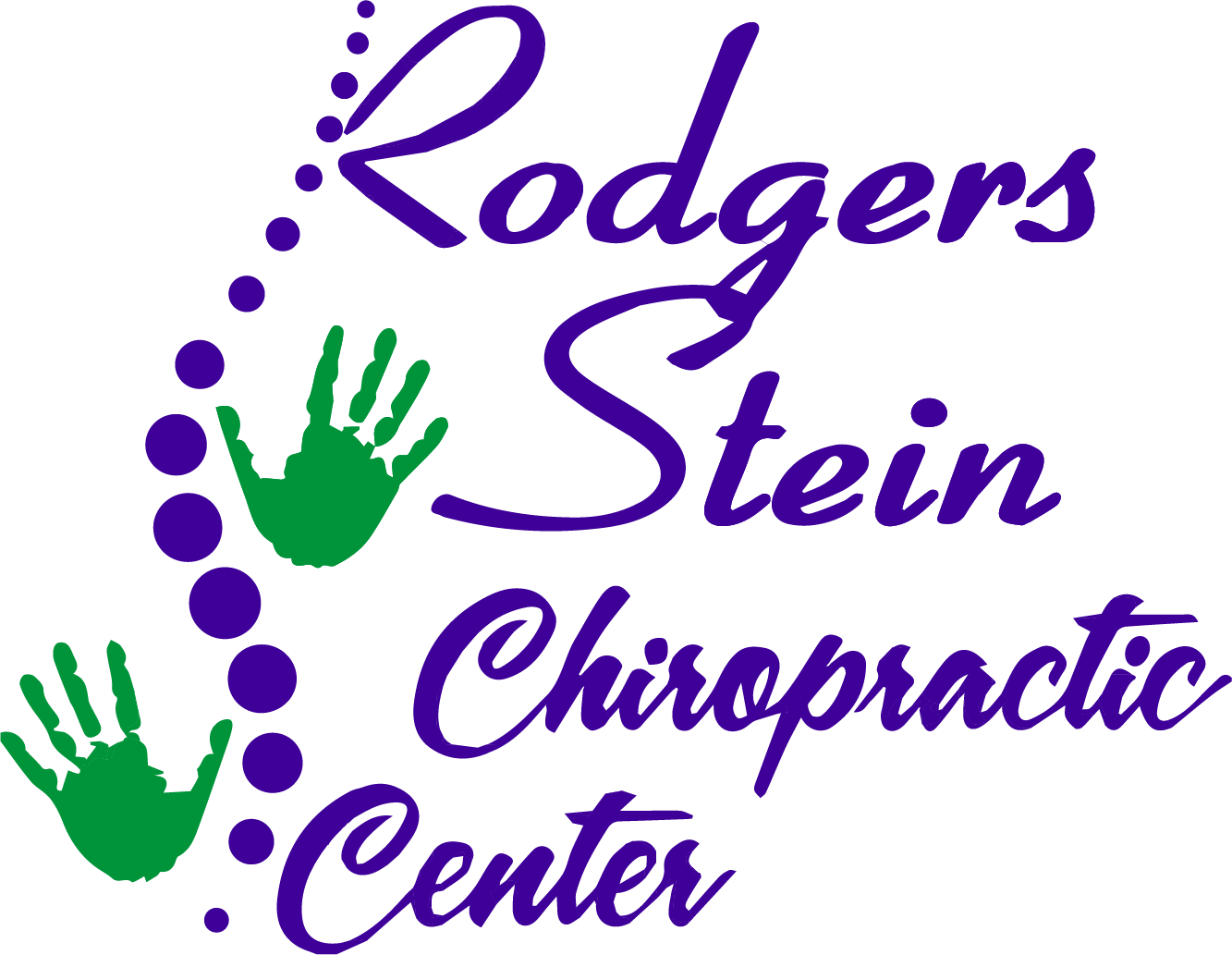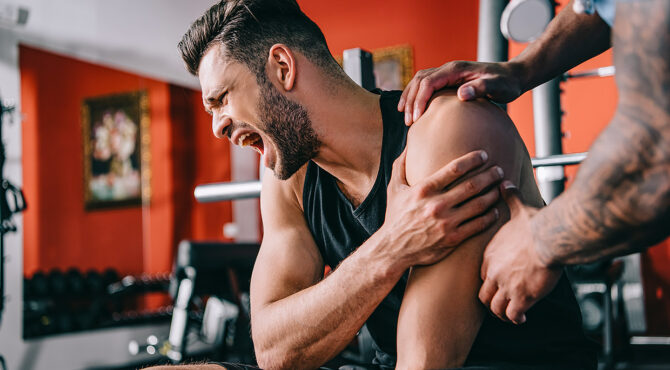You might not realize how much joint flexibility impacts your daily life until you start experiencing stiffness or discomfort. It's crucial to understand that enhancing your joint movement involves more than just sporadic stretches; it requires a thoughtful approach that combines targeted exercises, proper nutrition, and consistent care. As you explore the various methods to improve your joint health, you'll uncover strategies that can greatly transform your mobility and overall well-being. But what specific techniques can you implement to achieve these benefits?
Understanding Joint Flexibility
Joint flexibility refers to the range of motion in your joints, which plays a crucial role in overall movement and physical performance. When your joints are flexible, you can move more freely and efficiently, whether you're running, lifting weights, or performing daily activities. Flexibility varies from person to person, often influenced by factors like age, genetics, and activity level.
To enhance your joint flexibility, it's important to engage in regular stretching exercises. Dynamic stretches, such as leg swings and arm circles, help warm up your muscles and prepare your joints for movement. Static stretches, like holding a hamstring stretch or a shoulder stretch, can improve your overall flexibility when done consistently.
Incorporating activities like yoga or Pilates can also be beneficial. These disciplines focus on controlled movements and breathing, promoting greater flexibility and strength in your joints. Additionally, incorporating strength training can support your joints by building muscle around them, providing stability and reducing the risk of injury.
Listening to your body is key. If you feel pain during stretching or movement, it's important to stop and assess. Overstretching can lead to injuries that might set you back.
As you work on improving your joint flexibility, remember to be patient. Progress may come slowly, but consistent effort will lead to better mobility and enhanced performance in your physical activities. By understanding and actively working on your joint flexibility, you'll set a solid foundation for a more active lifestyle.
Importance of Joint Care
Caring for your joints is essential for maintaining an active and pain-free lifestyle. Your joints play a vital role in how you move, and neglecting their care can lead to discomfort, reduced mobility, and even chronic pain. When you prioritize joint care, you're investing in your overall well-being and physical performance.
One of the key benefits of joint care is improved flexibility. When you keep your joints healthy, you enhance their range of motion, making daily activities easier and more enjoyable. Whether it's bending down to tie your shoes or reaching for something on a high shelf, flexible joints make these tasks effortless.
Moreover, caring for your joints can help prevent injuries. Strong and well-cared-for joints are less prone to strains and sprains. Incorporating strength training and flexibility exercises into your routine can bolster the muscles that support your joints, providing them with the stability they need.
Don't forget about the importance of nutrition in joint care. A balanced diet rich in anti-inflammatory foods, vitamins, and minerals can contribute considerably to joint health. Staying hydrated is equally important; it helps lubricate your joints and maintain their function.
Finally, regular check-ups with a healthcare provider can catch potential issues early. They can offer personalized advice based on your specific needs.
Common Causes of Joint Stiffness
Stiffness in your joints can arise from various factors that hinder movement and flexibility. One common cause is aging. As you get older, your cartilage can wear down and lose its elasticity, leading to increased stiffness. Additionally, osteoarthritis, a degenerative joint disease, often contributes to this issue, as it causes inflammation and pain in the affected joints.
Another significant factor is injury. If you've experienced a joint injury, such as a sprain or fracture, you might notice stiffness in that area during your recovery. Scar tissue can form, limiting your joint's range of motion. Additionally, repetitive strain from activities like running or weightlifting can lead to inflammation, further contributing to stiffness.
Inactivity can also play a role. If you lead a sedentary lifestyle, your joints may become stiff due to a lack of movement. Regular activity helps keep your joints lubricated and flexible. On the flip side, overuse or excessive exercise without proper recovery can lead to stiffness as well.
Finally, certain medical conditions, such as rheumatoid arthritis or lupus, can cause joint stiffness and inflammation. These autoimmune disorders often require medical intervention for management.
Recognizing the common causes of joint stiffness is essential for you to take proactive steps in maintaining your joint health. By understanding these factors, you can better address stiffness and work towards enhancing your overall mobility.
Effective Stretching Techniques
Incorporating effective stretching techniques into your routine can greatly enhance flexibility and alleviate joint stiffness. Stretching isn't just about reaching for your toes; it's a powerful tool for improving your overall joint health. By using targeted techniques, you can help your body stay limber and reduce discomfort.
Here are four effective stretching techniques to contemplate:
- Static Stretching: Hold a stretch for 15-30 seconds without bouncing. This helps elongate your muscles and improve flexibility over time. Focus on major muscle groups like your hamstrings, quadriceps, and shoulders.
- Dynamic Stretching: Use controlled movements to prepare your muscles and joints for activity. Examples include leg swings and arm circles. This type of stretching increases blood flow and can enhance your performance in workouts.
- Proprioceptive Neuromuscular Facilitation (PNF): Partner with someone for resistance stretching. Engage and then relax your muscles to improve flexibility more effectively than static stretches alone. It's particularly beneficial for increasing range of motion.
- Yoga and Pilates: These practices incorporate various stretching techniques that promote flexibility, balance, and strength. Regular practice can help enhance joint mobility and overall body awareness.
Strengthening Exercises for Joints
Building strength around your joints is vital for maintaining mobility and preventing injuries. Incorporating specific strengthening exercises into your routine can help you achieve this goal. Focus on exercises that target the muscles surrounding key joints like your knees, hips, and shoulders.
Start with bodyweight exercises such as squats and lunges. These movements engage multiple muscle groups and improve the stability of your knees and hips. Aim for three sets of 10-15 repetitions, gradually increasing the intensity as you get stronger.
Resistance bands are also a great addition; they provide variable resistance that can enhance your strength training without overloading your joints.
For your upper body, try push-ups and rows. These exercises strengthen the shoulders, arms, and chest, supporting your shoulder joints. If push-ups are too challenging initially, modify them by doing them on your knees or against a wall.
Rows can be performed using resistance bands or a light dumbbell, aiming for the same 10-15 rep range.
Planks are an excellent way to strengthen your core and support your lower back, which is essential for overall joint health. Start with 20-30 seconds and gradually increase the duration.
Remember to warm up before your strength training and cool down afterward. Consistency is key, so aim to include these exercises two to three times a week for best results.
Nutrition for Joint Health
To keep your joints healthy, you need to pay attention to what you eat.
Incorporating anti-inflammatory foods and essential nutrients can make a big difference in how your joints feel and function.
Don't forget that staying hydrated is also vital for maintaining joint health.
Anti-Inflammatory Foods
Many people overlook the powerful role that diet plays in joint health. Incorporating anti-inflammatory foods into your meals can greatly ease joint pain and improve flexibility.
These foods help reduce inflammation, which is often a culprit in joint discomfort. Here are four key anti-inflammatory foods you should consider adding to your diet:
- Fatty Fish: Salmon, mackerel, and sardines are rich in omega-3 fatty acids, which combat inflammation.
- Berries: Blueberries, strawberries, and raspberries are packed with antioxidants that help reduce swelling.
- Leafy Greens: Spinach, kale, and Swiss chard contain vitamins and minerals that support joint health and fight inflammation.
- Nuts: Walnuts and almonds provide healthy fats and magnesium, contributing to overall joint wellness.
Essential Nutrients for Joints
When it comes to maintaining joint health, essential nutrients play a significant role in ensuring your body functions at its best. These nutrients support cartilage, reduce inflammation, and promote overall joint mobility.
Omega-3 fatty acids, found in fatty fish like salmon and walnuts, are particularly beneficial; they help combat inflammation and keep joints lubricated.
Glucosamine and chondroitin are also important. These compounds, often taken as supplements, contribute to cartilage health and may help alleviate pain. You can find them in shellfish, or you can opt for supplements if necessary.
Don't forget about vitamin D and calcium. Vitamin D helps your body absorb calcium, which is fundamental for maintaining bone strength. Dairy products, leafy greens, and fortified foods are excellent sources of these nutrients.
Antioxidants like vitamins C and E also support joint health by combating oxidative stress. Citrus fruits, berries, nuts, and seeds are great options to include in your diet.
Incorporating these essential nutrients into your meals can enhance your joint health, helping you stay active and mobile. Prioritizing nutrition is key to keeping your joints in top shape.
Hydration and Joint Health
Proper hydration is essential for maintaining joint health, as it directly impacts the lubrication of joints and the overall functioning of cartilage. When you're well-hydrated, your joints can move smoothly, reducing friction and wear. This is critical for preventing injuries and maintaining mobility.
Here are four key reasons why hydration matters for your joints:
- Joint Lubrication: Water helps produce synovial fluid, which lubricates your joints and keeps them functioning properly.
- Cartilage Health: Hydration supports the structure of cartilage, allowing it to act as a cushion and shock absorber during movement.
- Inflammation Reduction: Staying hydrated can help reduce inflammation, which is essential for preventing joint pain and stiffness.
- Nutrient Transport: Proper hydration aids in the transport of essential nutrients to your joints, helping them repair and regenerate.
Make it a habit to drink plenty of water throughout the day.
Remember, your joints depend on it! By prioritizing hydration, you're taking a proactive step toward healthier, more flexible joints.
Incorporating Movement Into Daily Life
Incorporating movement into your daily life doesn't have to be complicated.
You can easily add simple exercises and make active choices that keep your joints flexible and your body engaged.
Start by finding little moments throughout your day to move, and watch how it transforms your routine.
Simple Daily Exercises
Finding ways to weave simple daily exercises into your routine can greatly enhance your joint flexibility and overall movement.
You don't need to dedicate hours at the gym; small adjustments in your day can make a big difference.
Here are four easy exercises you can incorporate:
- Stretching: Take a few minutes each morning to stretch your arms, legs, and back. This boosts circulation and keeps your joints limber.
- Chair Yoga: While sitting, try seated twists or forward bends. These gentle movements improve flexibility without requiring you to get on the floor.
- Walking: Aim for a brisk 10-15 minute walk during your lunch break or after dinner. This simple activity promotes joint health and keeps you active.
- Calf Raises: Stand near a counter or wall for support, and lift your heels off the ground. This strengthens your calves and improves balance.
Active Lifestyle Choices
An active lifestyle doesn't have to be complicated; it's all about making movement a natural part of your day. You can easily incorporate physical activity into your routine without sacrificing time or convenience.
Start by taking the stairs instead of the elevator. This small change not only elevates your heart rate but also strengthens your legs.
Consider walking or biking to work if it's feasible. Not only will you save on gas, but you'll also boost your mood and energy levels.
During breaks, stand up and stretch or take a quick walk. Even brief bursts of activity can make a significant difference in your joint flexibility and overall health.
If you enjoy socializing, opt for activities that involve movement, like joining a dance class or playing sports with friends. These engagements keep you active while also nurturing your relationships.
Remember, gardening or playing with your kids is also great exercise.
Lastly, listen to your body. Find activities that feel good and make you feel energized. When movement becomes a regular, enjoyable part of your life, you'll not only enhance your joint flexibility but also improve your overall well-being.
Benefits of Regular Massage
Regular massage offers a multitude of benefits that can enhance your overall well-being. When you incorporate regular massage into your routine, you're not just treating yourself to a moment of relaxation; you're also taking significant steps toward improving your physical and mental health.
Here are some key benefits you can experience:
- Improved Flexibility: Regular massage helps to loosen tight muscles and increase your range of motion, making it easier for you to engage in daily activities and exercise.
- Pain Relief: Massage therapy can alleviate chronic pain conditions, like back pain or arthritis, as it promotes blood circulation and reduces muscle tension, allowing you to feel more comfortable in your body.
- Stress Reduction: Engaging in massage therapy lowers cortisol levels, the stress hormone, which helps you feel more relaxed and at ease. You'll likely notice an improvement in your mood and overall outlook on life.
- Enhanced Recovery: If you're active or recovering from an injury, massage speeds up the recovery process by flushing lactic acid from the muscles and promoting faster healing.
When to Seek Professional Help
Knowing when to seek professional help for joint flexibility and movement issues can be vital for your long-term health. If you experience persistent pain or discomfort in your joints, it's a clear signal that something may be wrong. Don't ignore these symptoms; they could indicate underlying conditions that need professional evaluation.
You should also consider consulting a healthcare provider if you notice swelling, stiffness, or decreased range of motion that doesn't improve with rest or at-home care. These signs could suggest inflammation or injury that requires specialized treatment.
If your joints make unusual noises, like popping or grinding, while moving, it might be time to get a professional opinion as well.
In addition, if you've recently sustained an injury, seeking help sooner rather than later can prevent further damage and promote faster recovery. It's important to act quickly, especially if you experience weakness or instability in the affected joint, as these symptoms can greatly impact your daily activities.
Lastly, if you're finding it increasingly difficult to perform everyday tasks or participate in activities you once enjoyed, don't hesitate to reach out for help. A professional can assess your condition and provide a tailored treatment plan to restore your joint function.
Conclusion
Incorporating these strategies into your routine can greatly enhance your joint flexibility and overall movement. By combining effective stretching, strengthening exercises, and a nutritious diet, you're setting yourself up for a healthier, more active lifestyle. Don't forget the importance of regular assessments and massage to keep your joints in top shape. If you ever feel persistent discomfort, seeking professional help can make all the difference. Start prioritizing your joint health today, and enjoy the freedom of movement!



